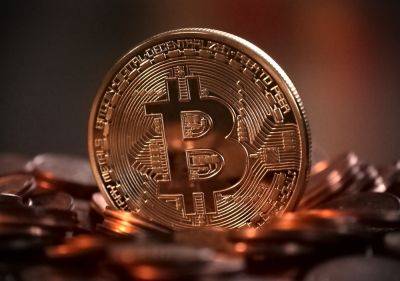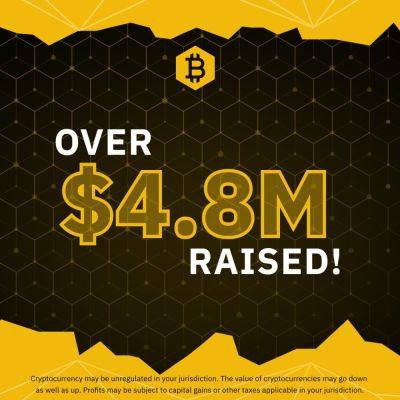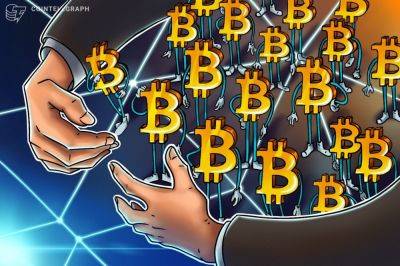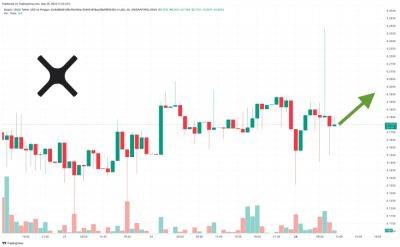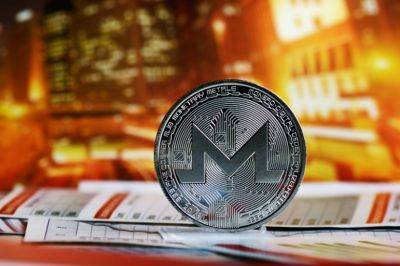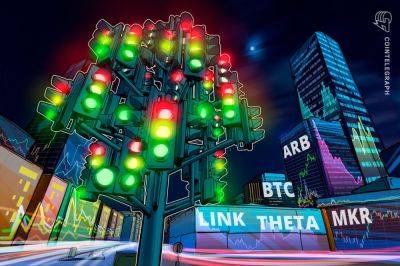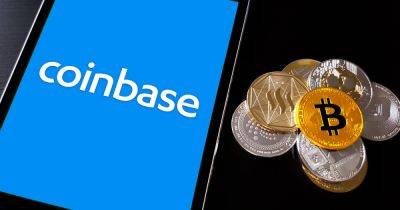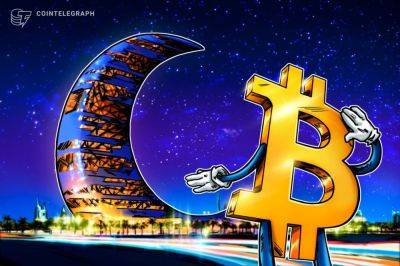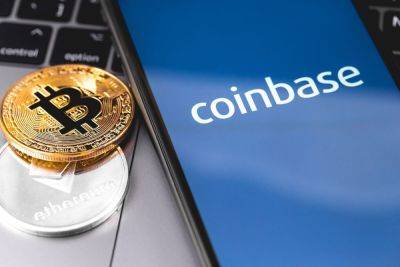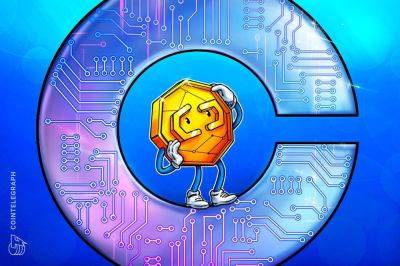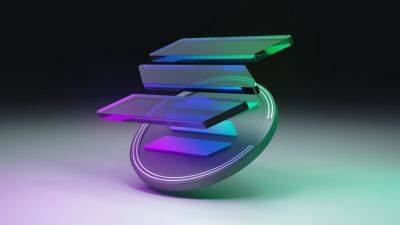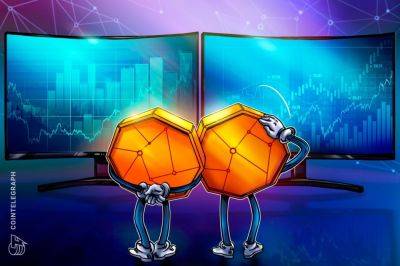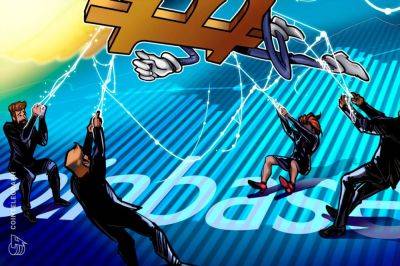What is Gala Games and how to buy GALA coin?
Echoing the momentum of GameFi (gaming and finance) and the great success of Axie Infinity, Gala Games was launched in 2019 to pursue technology development and innovation in play-to-earn (P2E) blockchain gaming. The global market size of blockchain gaming exceeded $4.6 billion in 2022 and is expected to reach around $65.7 billion by 2027, establishing itself as one of the most promising sectors revolutionized by blockchain technology.
Gala Games offers players a plethora of blockchain games that encourage players to gain in-game rewards and earn cryptocurrency and nonfungible tokens (NFTs).
For the first time, through the use of NFTs, blockchain games offer players the ability to own in-game items, such as strategic tools, physical accessories and land. All items can be acquired in Gala Games using the GALA native token (GALA). GALA is also used for governance voting and to incentivize node operators.
This article takes readers through an understanding of the Gala ecosystem, how Gala Games works, and what the incentives are for using it.
Gala Games is a blockchain gaming platform that participants can use to play, stake and sell assets and compete with one another. The platform uses blockchain technology to secure the network and offers decentralized video games to allow players to have fun while earning rewards like NFT prizes.
Developed on the Ethereum blockchain, Gala Games offers players P2E games, an NFT marketplace, and the possibility to store and distribute music and film products. It relies on a network of distributed user-owned nodes necessary for the platform’s security and to boost its development.
Players and user-owned nodes are rewarded with the GALA ERC-20 token for playing and contributing to the network. It
Read more on cointelegraph.com


